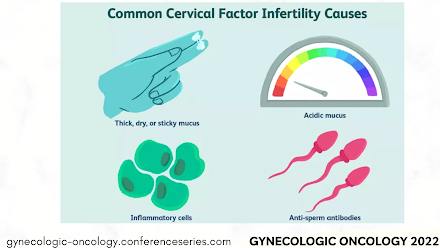How are ultrasound exams conducted?

High-frequency sound waves are used in an ultrasound scan to provide images of the inside of the body. It is safe to use when expecting. Sonography and ultrasound scans are safe since they don't employ radiation to create the images; instead, they use sound waves or echoes. In addition to evaluating foetal development, ultrasound scans can spot issues with the liver, heart, kidneys, or abdomen. Additionally, they might help with some types of biopsies. Sonograms are used to describe the created image. The individual who does an ultrasound scan is known as a sonographer, although radiologists, cardiologists, or other experts evaluate the findings. A transducer, or hand-held instrument similar to a wand, is often held by the sonographer and put on the patient's skin. Ultrasound is a type of sound that passes through fluids and soft tissue yet reverberates off denser surfaces. This is how an image is produced. Ultrasound is a word used to describe sounds that are too high in...
.png)

.png)
.png)
.png)
